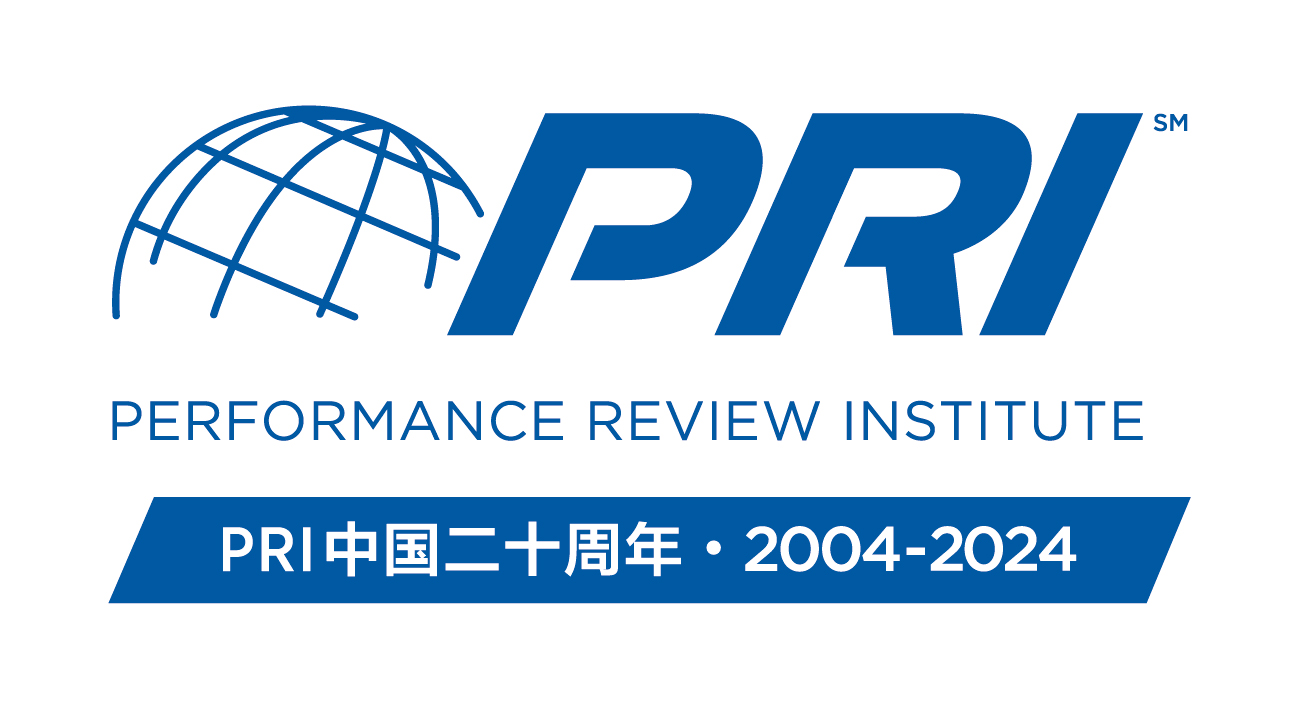项目和服务
- Nadcap
- 认证
- Nadcap会议
- 参加
- 审核员
- Nadcap研讨会
- eAuditNet
- 架构
- PRI体系认证
- 公正性声明
- 批准及认可证书
- 通用过程与政策
- PRI培训
- MedAccred
- 认证
- 参与
- 审核员
- MedAccred活动
- 行业领导和参与
- PRI Qualification
- 知识体系
- 考试
- 参与
- 获批培训机构
- 技术评审委员会
- Performance360
- TPG
- 认证
- 参与
- 审核员
- eAuditNet
- 架构
- PRI CAAP
- 认证
- 审核员
- eAuditNet
- 架构
- PRI QPL
- PRI-QPL(航空航天)
- 制动衬片认证项目
- 润滑油评审协会(Lubricant Review Institute)
The Science and Engineering of Anodizing by Bill Corcoran
Aluminum is and has been an essential metal in the aircraft industry. Aluminum has been used in blades, seats, cowlings, castings, foils, skins, frames, fittings, beams, tracks, etc. The list is endless. In order to use aluminum effectively and successfully the most common treatment of aluminum is anodizing. There are other surface finishing techniques and methods for certain applications, but the broadest range of treatments is anodizing; with many types and methods which produce different results and allow for numerous applications with the anodized aluminum.
Anodizing is a technical process that depends on a number of factors including metallurgy (alloy composition, structure and heat treat), materials manufacture and handling before machining and forming by the machine shop, anodizing process techniques including chemical parameters and electrical parameters of the process, chemical parameters of pre-processing and post-processing, and management of electro-chemistry.
The most common types of anodizing are chromic acid anodizing, sulfuric acid anodizing and sulfuric acid hard anodizing. These three types of anodizing techniques play a large role in the technology for aerospace applications. However, there are other very relevant technologies that offer excellent results for specific applications. One of which is phosphoric acid anodizing which is essential for the bonding of aluminum skins to use as foils and in other ways on planes. Another is Boric-Sulfuric acid anodizing, developed by Boeing as an alternative to chromic acid anodizing.
The demands on aerospace materials are improved toughness, lower weight, increased resistance to fatigue, increased resistance to corrosion, etc. By studying the anodizing process, a supplier/processor can operate knowledgeably and be a valued supplier in the aerospace supply chain.
eQuaLearn has developed a new course called Chemical Processing- The Science and Engineering of Anodizing. This course will examine all of these scientific and engineering dynamics. Additionally, this new course will demonstrate how best to understand and manage them in the anodize job shop. Included in the course will also be modules on phosphoric acid anodizing and boric/sulfuric acid anodizing.
This two-day course will include:
- A review of the fundamentals of electrochemistry and the effects of applying electrical current to a chemical process in which the part is the anode.
- A review of the significance of racking and tooling of parts to permit adequate flow and distribution of electrical current in the electrochemical process.
- An understanding of the requirements of aluminum pre-treatment in order to facilitate the anodizing process successfully.
- A review of the importance of the interplay between the alloy, the application of electrical current and the choice of chemistry for the process.
- The significance of the selections of chemical solutions and their control.
- Defect identification; including sources of defects and remedies or corrections where possible.
- Troubleshooting the anodizing process; including root cause of problems and appropriate corrections to get back on track.





